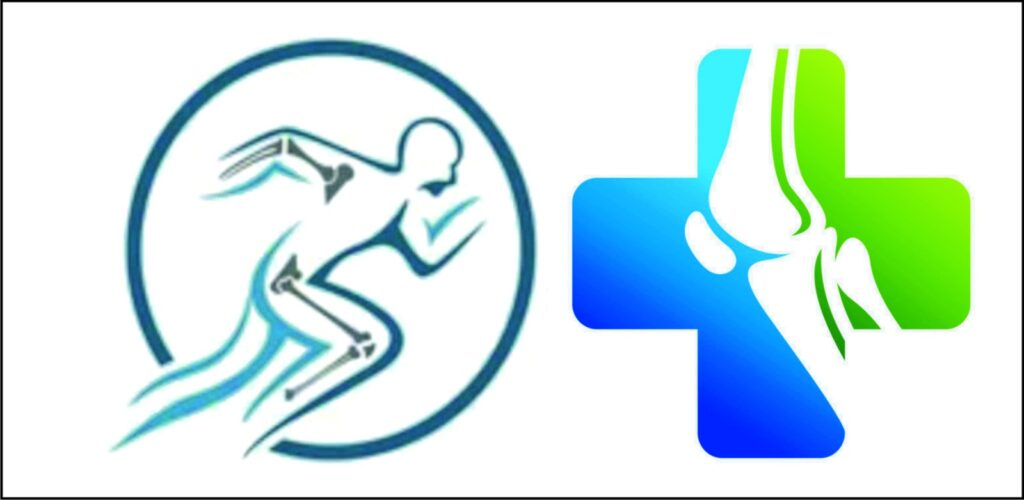CRPS primarily targets the extremities, causing pain, skin changes, and functional impairment. It can significantly impact daily life, sleep, and mental well-being. This condition is thought to result from dysfunction in the central and peripheral nervous systems, leading to an overreaction to pain signals.
Types of CRPS
There are two subtypes of CRPS:
- Type I: Occurs without nerve damage and often follows an injury or illness.
- Type II: Develops after known nerve damage.
CRPS can be acute (short-term) or chronic (lasting over six months). While relatively rare, it is treatable with early intervention.
Who is Affected by CRPS?
CRPS is more common in adults, with the peak onset around 40 years of age. It also affects individuals assigned female at birth more frequently.
Symptoms of CRPS
CRPS symptoms vary in severity and duration. Common indicators include:
- Persistent or intermittent pain (burning, stinging, tearing)
- Sensory changes like increased pain sensitivity and numbness
- Swelling and decreased limb function
- Altered skin temperature, color, and texture
- Changes in nail and hair growth
Causes of CRPS
The exact cause of CRPS is not fully understood, but it is believed to result from an inflammatory or immune reaction in both the central and peripheral nervous systems. In more than 90% of cases, nerve trauma or injury to the affected limb, particularly the thinnest sensory and autonomic nerve fibers, triggers CRPS. Common triggers include bone fractures, surgery, sprains, burns, or cuts.
Diagnosis
CRPS is often misdiagnosed due to its rarity and complexity. Diagnosis relies on clinical evaluation, medical history, physical examination, and symptom review. Imaging tests, like ultrasounds or MRIs, may identify nerve damage, but it is not always detectable. Other tests rule out similar conditions.
Treatment for CRPS
Early intervention is crucial to prevent symptom worsening and limb stiffening. A multi-faceted approach to treatment includes:
Physical and Occupational Therapy: These therapies aim to improve limb function, strength, and flexibility. Techniques like graded motor imagery, mirror therapy, and desensitization may be used.
Lifestyle Changes: Quitting smoking and managing underlying health conditions like diabetes can facilitate nerve healing.
Psychosocial and Behavioral Therapy: Managing anxiety, depression, and stress through psychotherapy can help cope with CRPS-related factors contributing to pain.
Medications: While there are no CRPS-specific drugs, certain medications (NSAIDs, topical analgesics, antidepressants, anti-seizure drugs) can help manage pain.
Alternative Therapies: Biofeedback, acupuncture, hypnosis, and chiropractic care may offer pain relief.
For severe cases, more invasive treatments such as nerve blocks, spinal cord stimulation, dorsal root ganglia stimulation, peripheral nerve stimulation, IV ketamine infusion, or intrathecal drug pumps may be considered.
Prevention
CRPS prevention remains challenging due to its unclear cause. Some studies suggest that vitamin C before surgery may help reduce the risk.
Prognosis
CRPS outcomes vary, with most cases improving over time and going into remission. Severe or prolonged cases are rare and can significantly impact life. Recurrence occurs in 10% to 30% of cases.
Living with CRPS
It is essential to seek help from specialists if you suspect CRPS or experience worsening symptoms. While not a mental illness, CRPS can lead to anxiety, depression, and stress. Early diagnosis and treatment offer the best chances for symptom management and improved quality of life.


